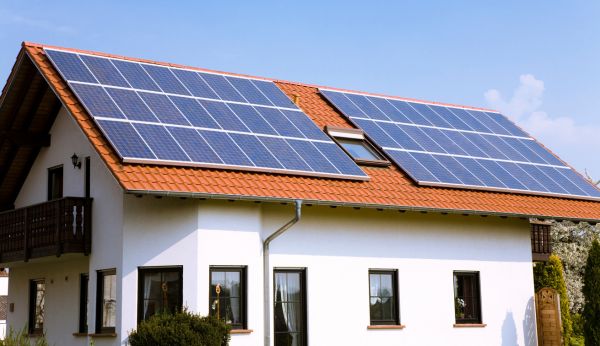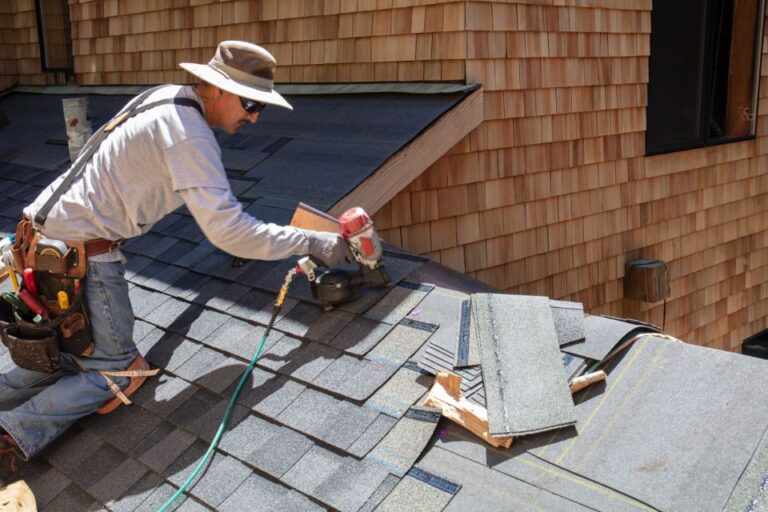The Ultimate Guide to Solar Panel Costs, Rebates, and Financing in 2025
Are you considering switching to solar in 2025? With energy costs rising and climate change concerns growing, solar power has become an attractive option for homeowners and businesses alike. But how much do solar panels cost? What rebates and financing options are available to make the switch more affordable? In this guide, we’ll explore everything you need to know about solar panel costs, rebates, and financing in 2025, helping you make an informed decision.
Understanding Solar Panel Costs in 2025
What Determines the Cost of Solar Panels?
The cost of solar panels depends on several factors:
System Size: Larger systems generate more energy but come with higher upfront costs.
Panel Type: Monocrystalline panels, known for efficiency, are more expensive than polycrystalline panels.
Installation Costs: Labor charges vary depending on your location and the complexity of the installation.
Additional Components: Items like inverters, mounting systems, and battery storage can add to the overall cost.
(Sponsored Ads):
Average Costs for Solar Panels in 2025
On average, solar panel systems cost between $15,000 and $25,000 before rebates. Here’s a breakdown of estimated costs:
Small System (3 kW): $9,000 – $12,000
Medium System (6 kW): $18,000 – $21,000
Large System (10 kW): $28,000 – $35,000
These prices include installation but may vary based on your location and installer. [Insert External Link] for a detailed cost comparison.

Rebates and Incentives for Solar Panels in 2025
Federal Incentives
The federal Investment Tax Credit (ITC) remains one of the most significant incentives for solar adoption. In 2025, the ITC offers a 30% tax credit on the total system cost, including installation and equipment.
State and Local Rebates
Many states offer additional rebates to reduce costs further. For example:
California: Net metering programs allow homeowners to earn credits for excess energy sent back to the grid.
New York: Offers a $5,000 state tax credit for residential solar systems.
Florida: Provides property tax exemptions for solar installations.
Search your state’s energy department website for up-to-date information on available incentives. [Insert Internal Link] to learn more about state-specific rebates.
Utility Company Programs
Some utility companies offer cash rebates for installing solar panels. These programs can significantly lower your upfront costs. Contact your energy provider to see if they participate in such initiatives.
Financing Options for Solar Panels
Cash Purchase
Paying for your system upfront is the most straightforward option. While it requires a significant investment, it allows you to enjoy maximum long-term savings since you’ll own the system outright.
Solar Loans
Solar loans are designed to make solar more accessible. Here’s what you need to know:
Secured Loans: Typically have lower interest rates but require collateral.
Unsecured Loans: Easier to obtain but may have higher interest rates.
Popular providers include banks, credit unions, and specialized solar lenders. Monthly payments can be lower than your current energy bill, making this a cost-effective option.
Power Purchase Agreements (PPAs)
With a PPA, a solar company installs panels on your property at no cost. You then pay for the electricity generated at a fixed rate, often lower than your utility’s rates. While you don’t own the system, PPAs offer immediate savings without upfront costs.
Leasing
Leasing is similar to a PPA, but instead of paying for electricity, you pay a fixed monthly fee to use the system. Leases are ideal if you want the benefits of solar without the responsibility of ownership.
FAQs
Switching to solar can reduce your electricity bills by 50% to 70%, depending on your location and system size. Over 20 years, savings can range from $20,000 to $60,000.
Yes, solar panels are a worthwhile investment. They reduce energy costs, increase property value, and provide environmental benefits. With incentives and rebates, the payback period is often less than 10 years.
The best financing option depends on your financial situation. If you can afford it, paying upfront offers the highest long-term savings. Otherwise, solar loans and PPAs are excellent alternatives.
Look for installers with:
Strong customer reviews.
Proper certifications, such as NABCEP.
Transparent pricing and warranties. Request multiple quotes to compare costs and services. [Insert External Link] for tips on selecting a reliable installer.
Conclusion
Solar energy is more accessible and affordable than ever in 2025. By understanding the costs, taking advantage of rebates, and exploring financing options, you can make the switch to solar with confidence. Whether you aim to reduce your carbon footprint or save on energy bills, solar power is a smart investment for the future. Ready to take the next step? Contact a trusted solar provider today and start your journey toward energy independence.
Content Source
Outdoor Gear Lab, Outdoor Life, GearJunkie





